Memento Mori
Remember your mortality.
Personal requiem and inevitable celebration for honor of Life
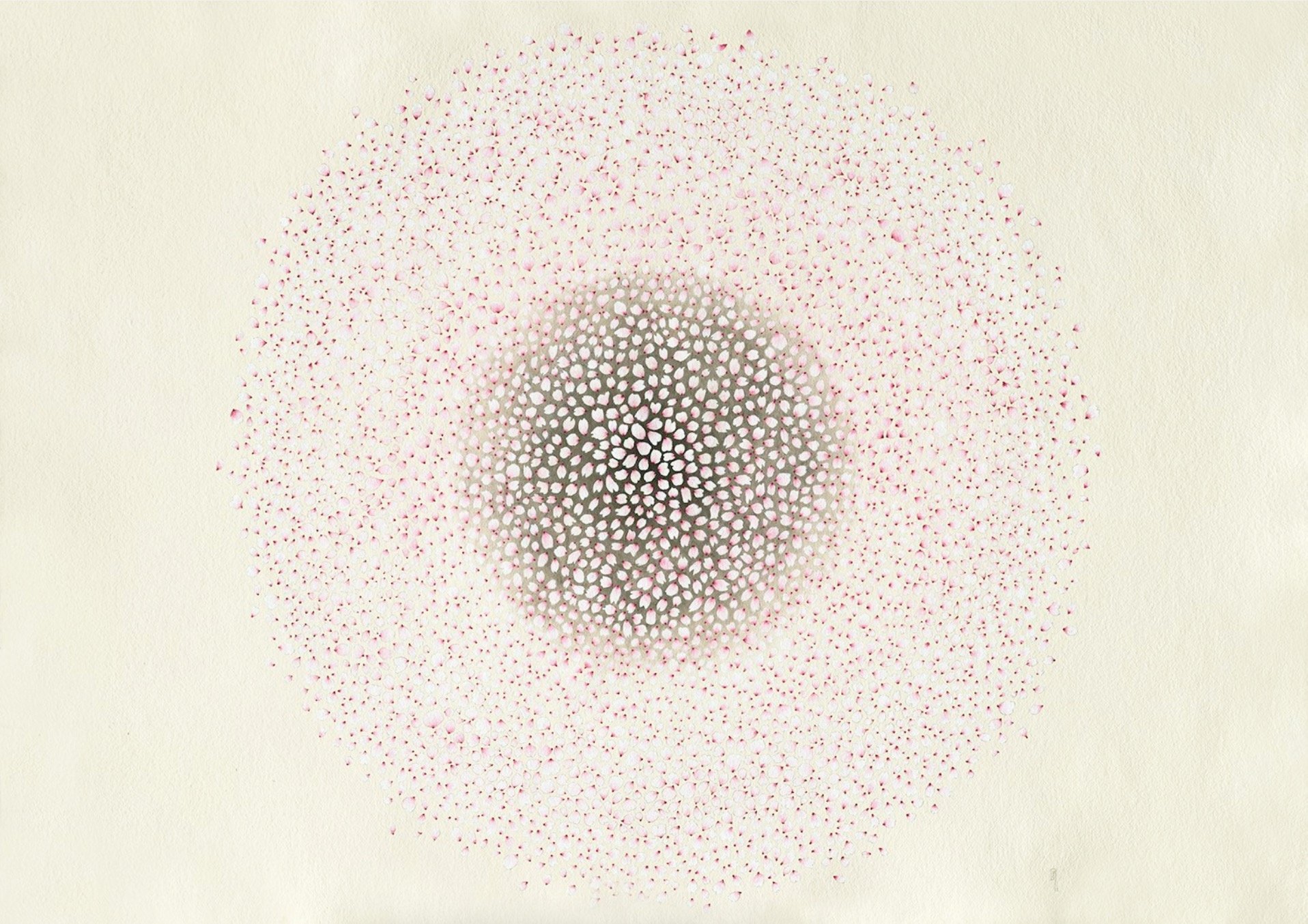
Sakura 桜 2013, 38” x 52” ( 96 x 132 cm), Japanese watercolor, sumi ink, and graphite on Indian handmade paper
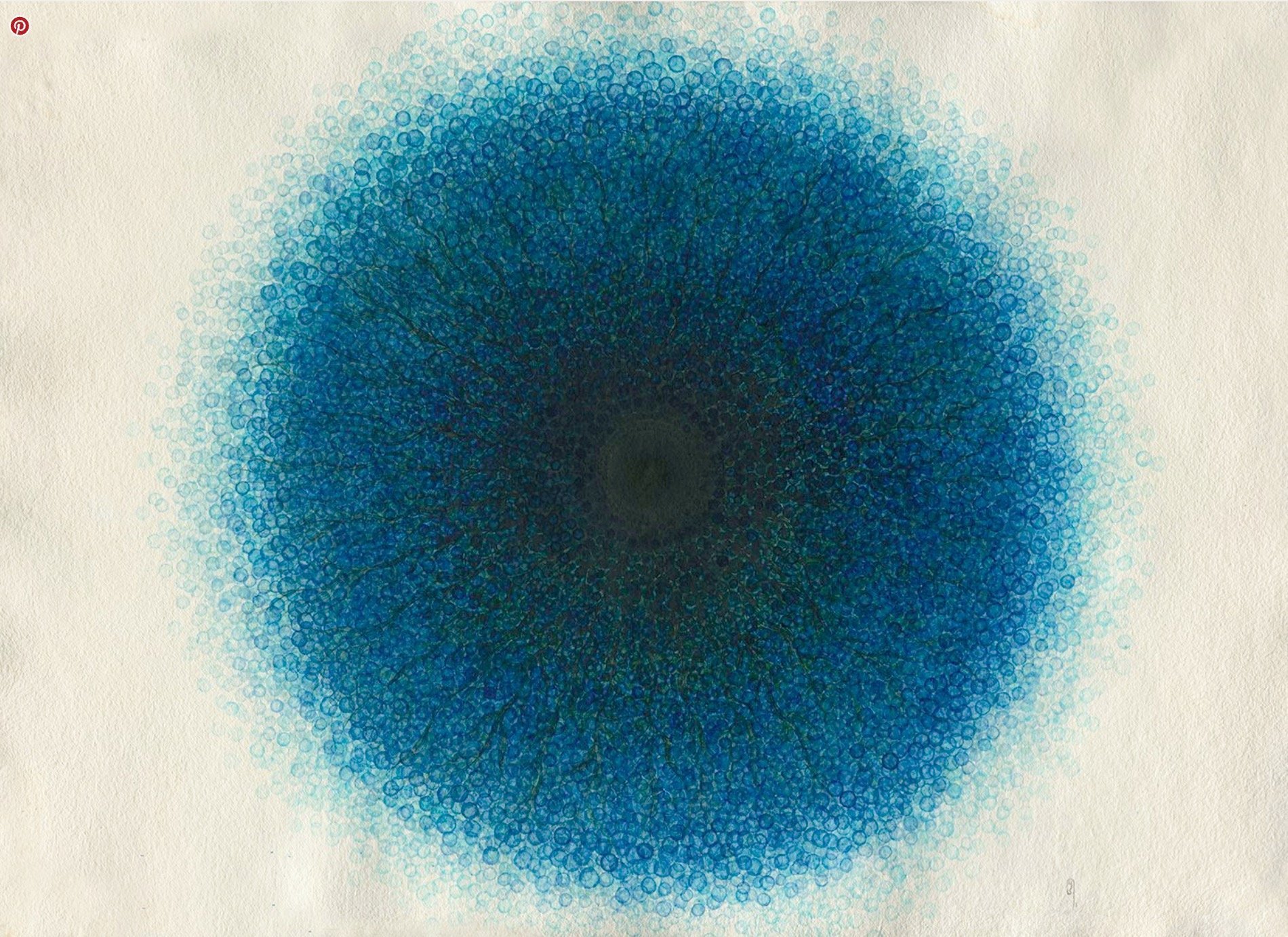
Algae 藻 2013, 38” x 52” ( 96 x 132 cm), Japanese watercolor, sumi ink, and graphite on Indian handmade paper
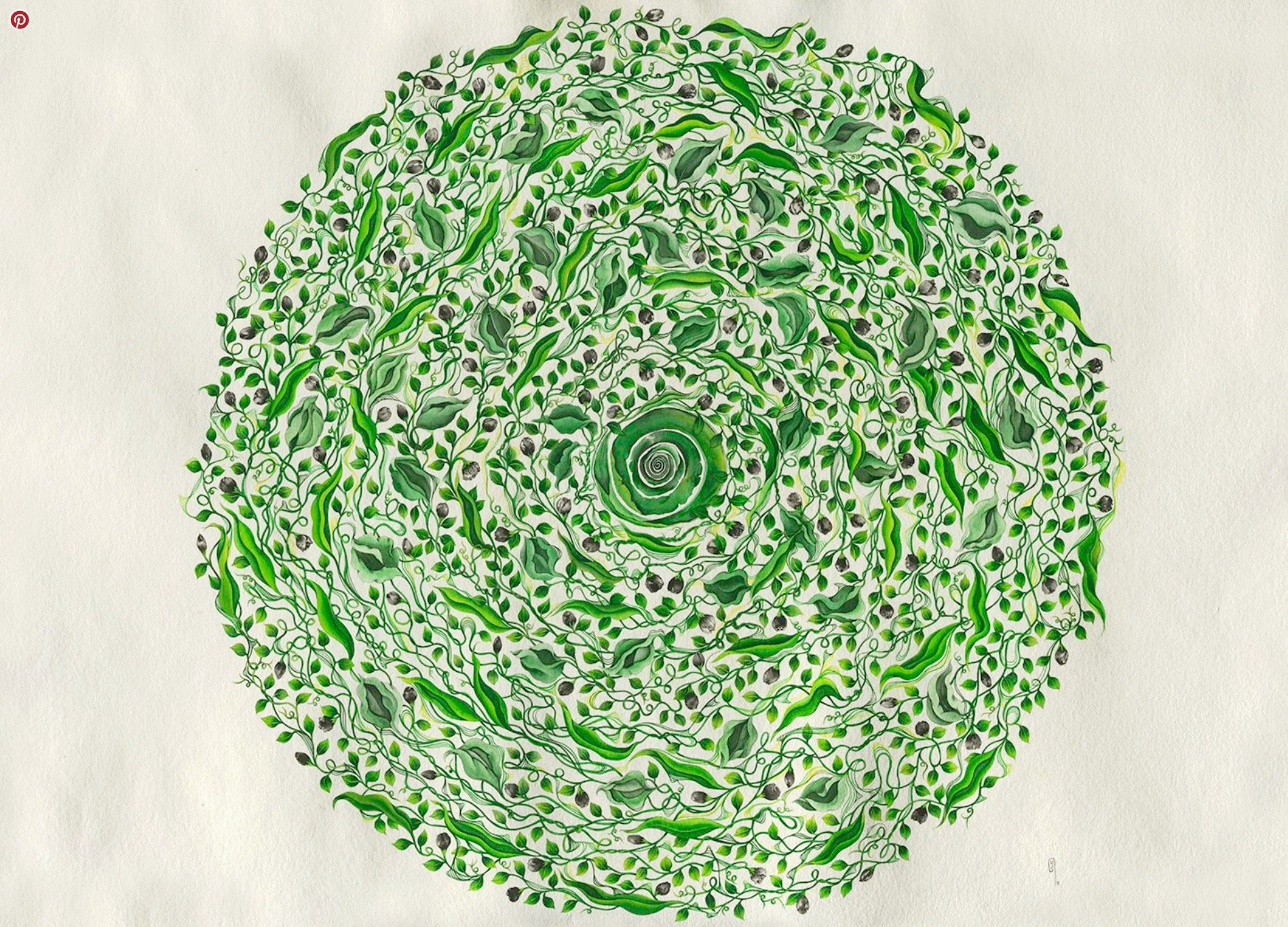
Vine 蔦 2013, 38” x 52” ( 96 x 132 cm), Japanese watercolor, sumi ink, and graphite on Indian handmade paper
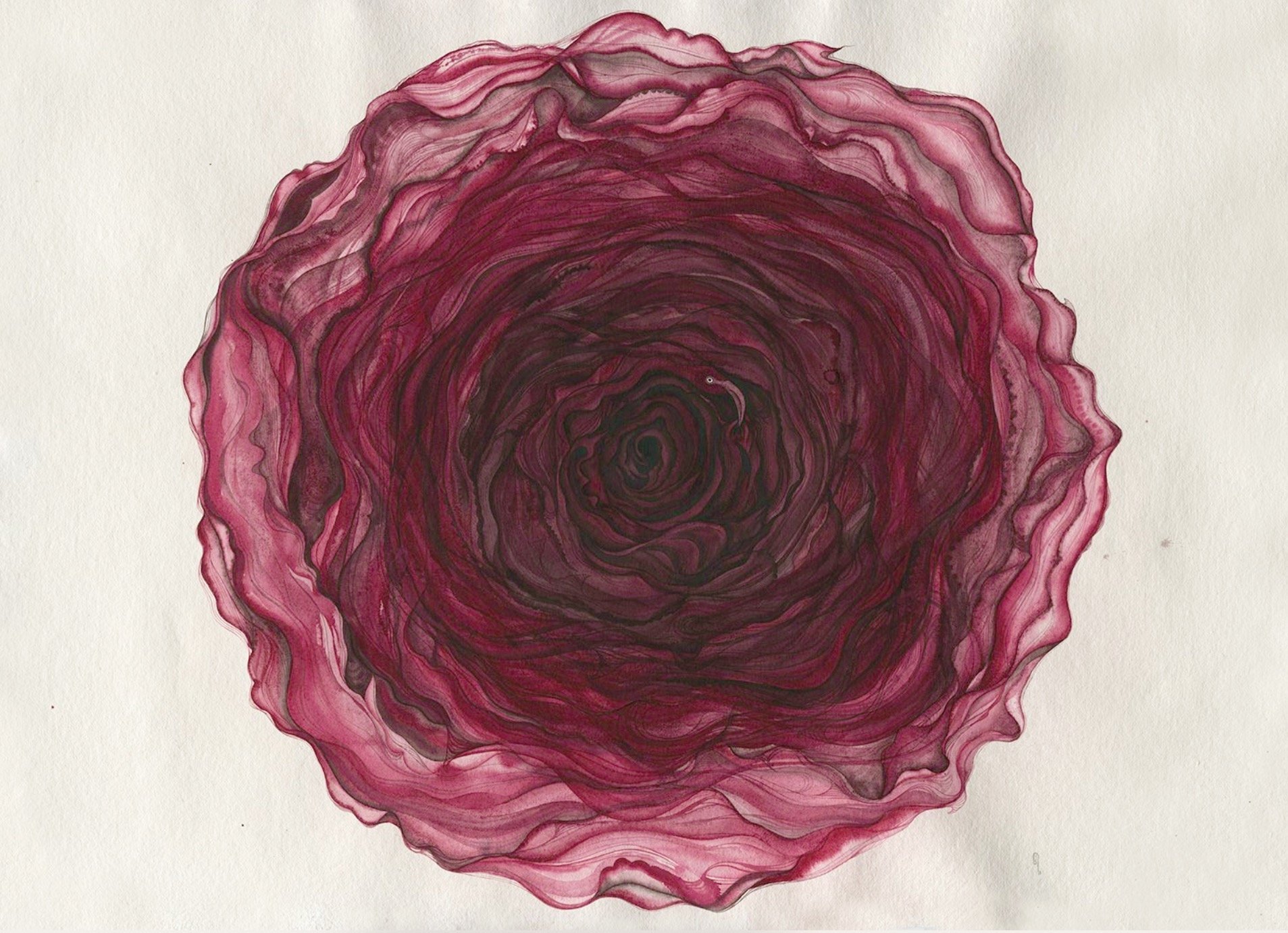
Hana 花 2013, 38” x 52” ( 96 x 132 cm), Japanese watercolor, sumi ink, and graphite on Indian handmade paper
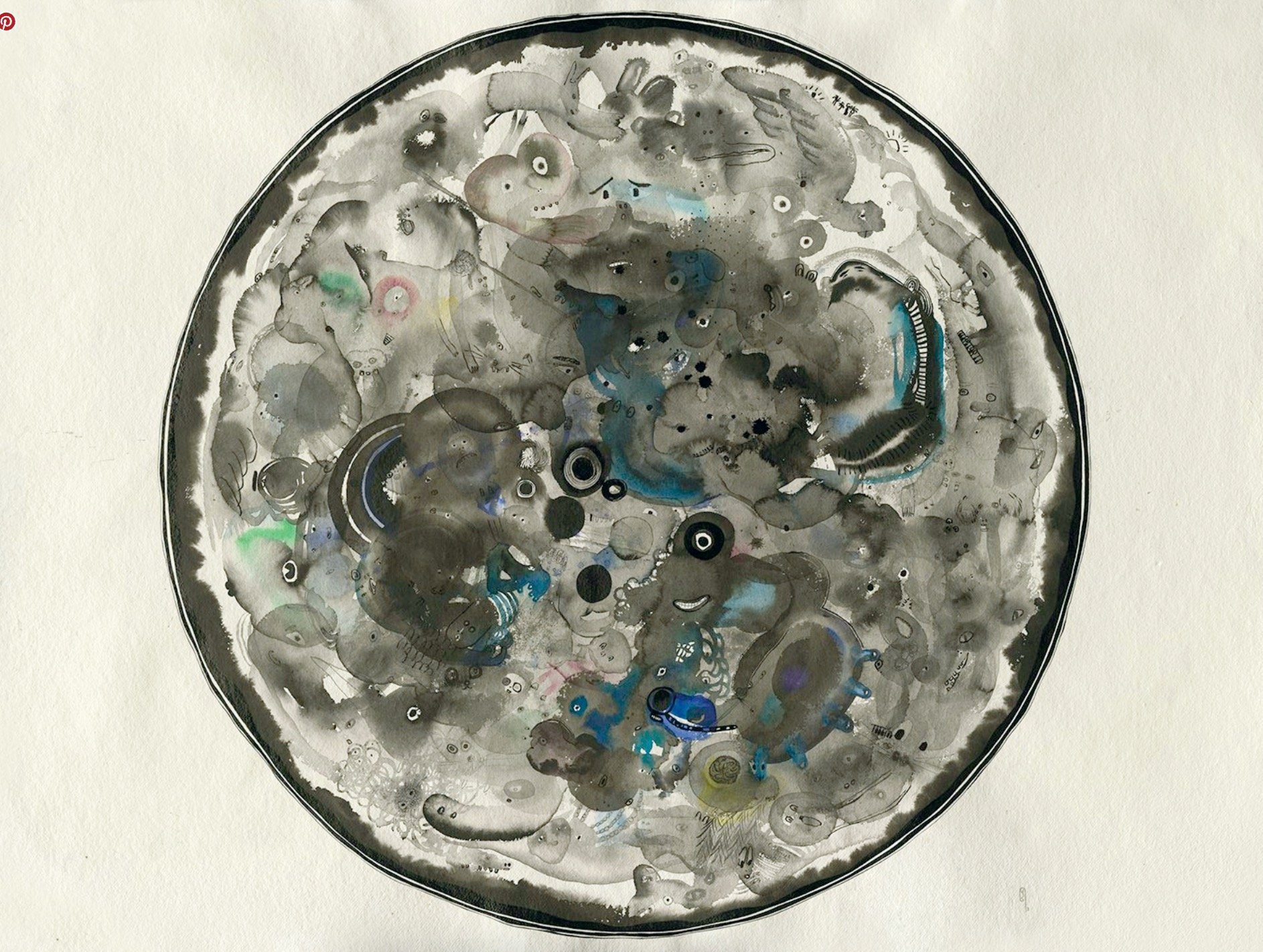
Universal Stain 宇宙のしみ 2013, 38” x 52” ( 96 x 132 cm), Japanese watercolor, sumi ink, and graphite on Indian handmade paper
Not long after March 11, 2011, the day of the earthquake and tsunami, Shimojo was in New York City, far from her ancestral homeland. She heard reports on the news of Sakura (Japanese cherry trees) blossoming amid the debris in Tōhoku, the epicenter of the earthquake. The disaster caused the deaths of nearly 16,000 people, with thousands more injured and missing. Shimojo started painting Sakura petals in an attempt to process her pain. This repetitive act became a form of ritual, akin to Buddhist monks counting each prayer bead. “By the time I stopped counting how many petals I had painted, I started to see each petal as a life. I conversed with each. I became them.”
The Memento Mori paintings, having traveled the globe over the course of years, signify the artist’s own spiritual journey. Shimojo, who lost all of her immediate family members before the age of 30, focuses on celebrating life’s precious, fleeting moments. She asks the viewer to pay attention to what nature is trying to show us. And most of all, she views this body of work as a universal embrace of gratitude and fear, for life and for death. Memento Mori as a body of work, ten years in the making, and for decades more into the future, the universality of its intentions will continue to blossom: helping us to recognize and embrace our place in the spiritual world.
Petal Mori
The site-specific mixed-media installation, 2021
Collaboration with Maria Takeuchi (projection) and Alec Fellman (sound)
Memento Mori in 2011 represented the formidable power of nature, reminding humans of our tiny presence in the universe.
But that power is also healing and resilient.
Memento Mori in 2011 to bring into focus our individuality during a year of unimaginable loss at the hands of the global pandemic.
On the floor in the center of the gallery will be a mound of white cleansing salt with 108 glass petri dishes set upon it. “108” is a sacred number in the Dharmic religions, including Hinduism, Buddhism, and Jainsim; in Japan, at the end of each year, Buddhist temples chime their bells 108 times to close out the old year and welcome in the new one. Each petri dish encloses an individual Sakura petal made of torn washi paper, then tied closed, as if in tribute, with fine silk thread. Another Sakura petal, suspended from the ceiling by a single silk white thread, hovers just above the salt mound, all graced in luminous projection. The accompanying sound, Petal Mori, a 108 minute looping soundscape, contains a bell ringing once per minute, simultaneously illuminating one of the 108 petri-dishes.
